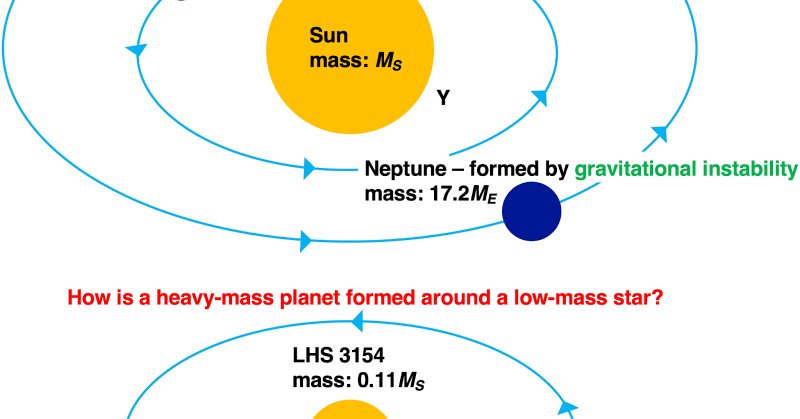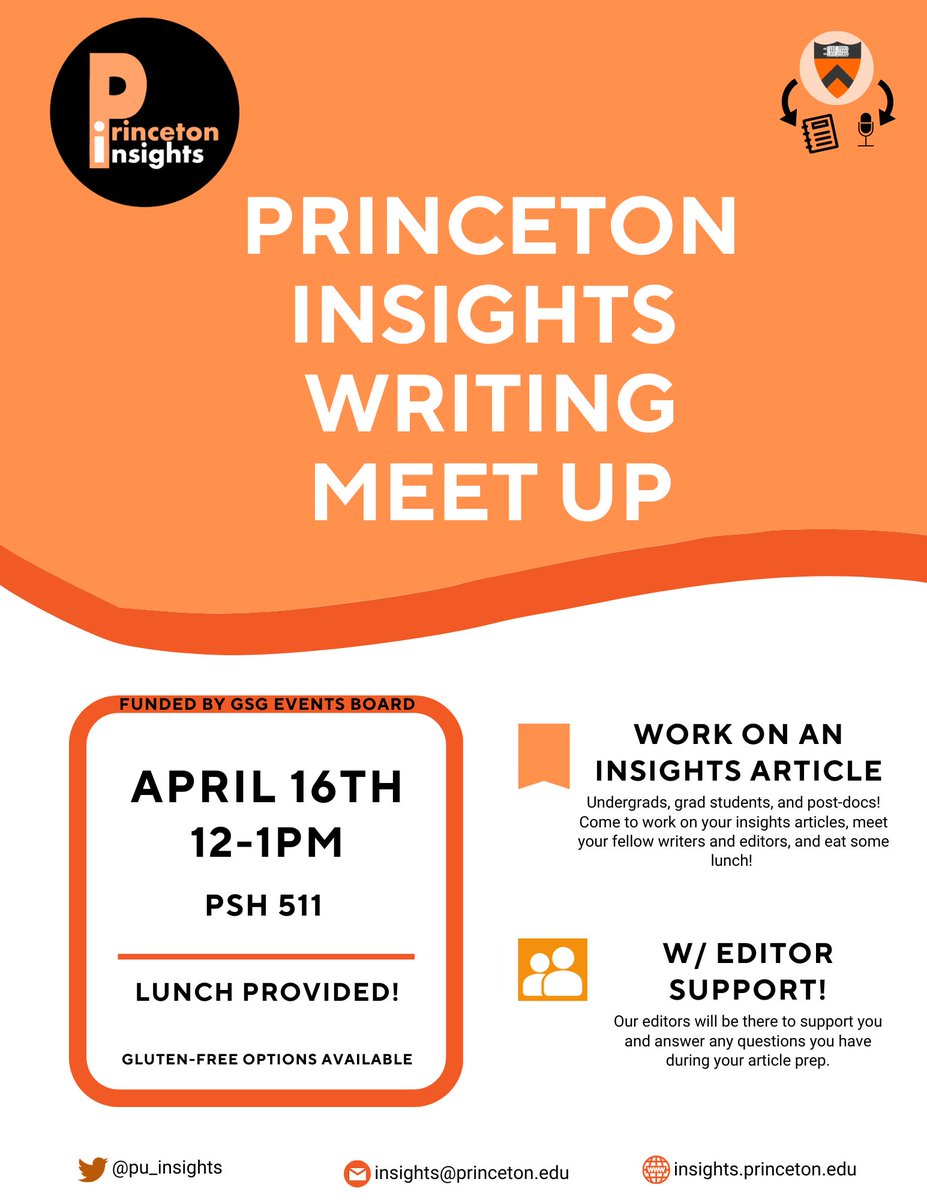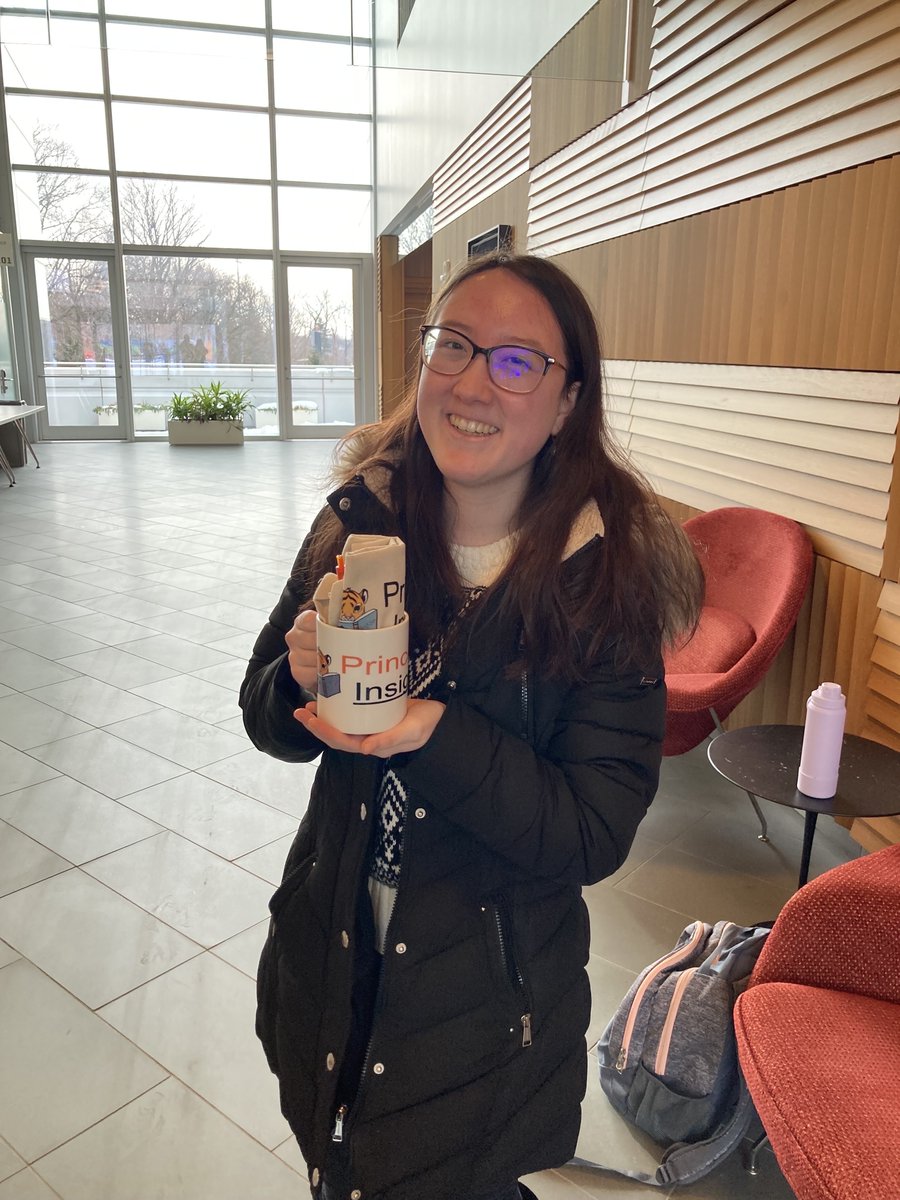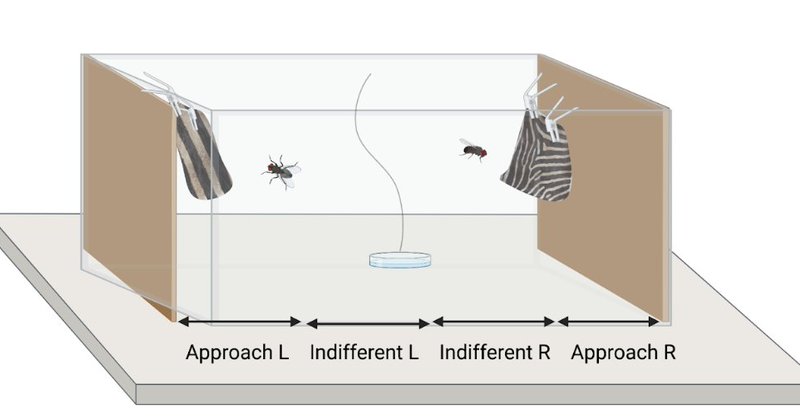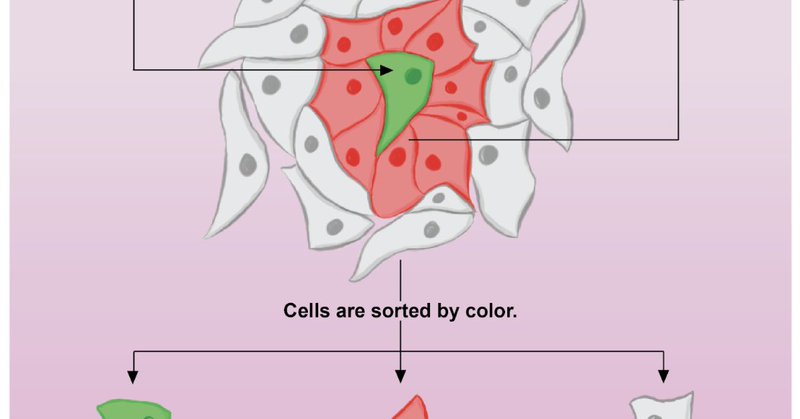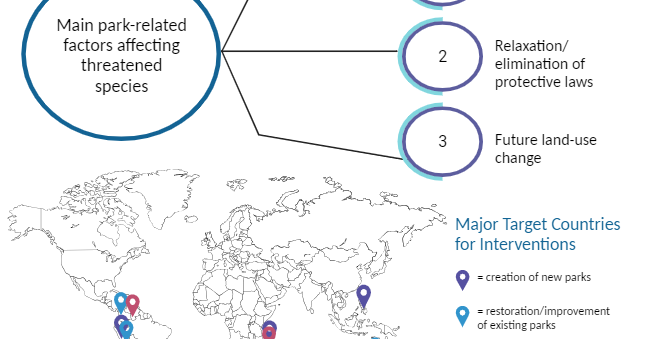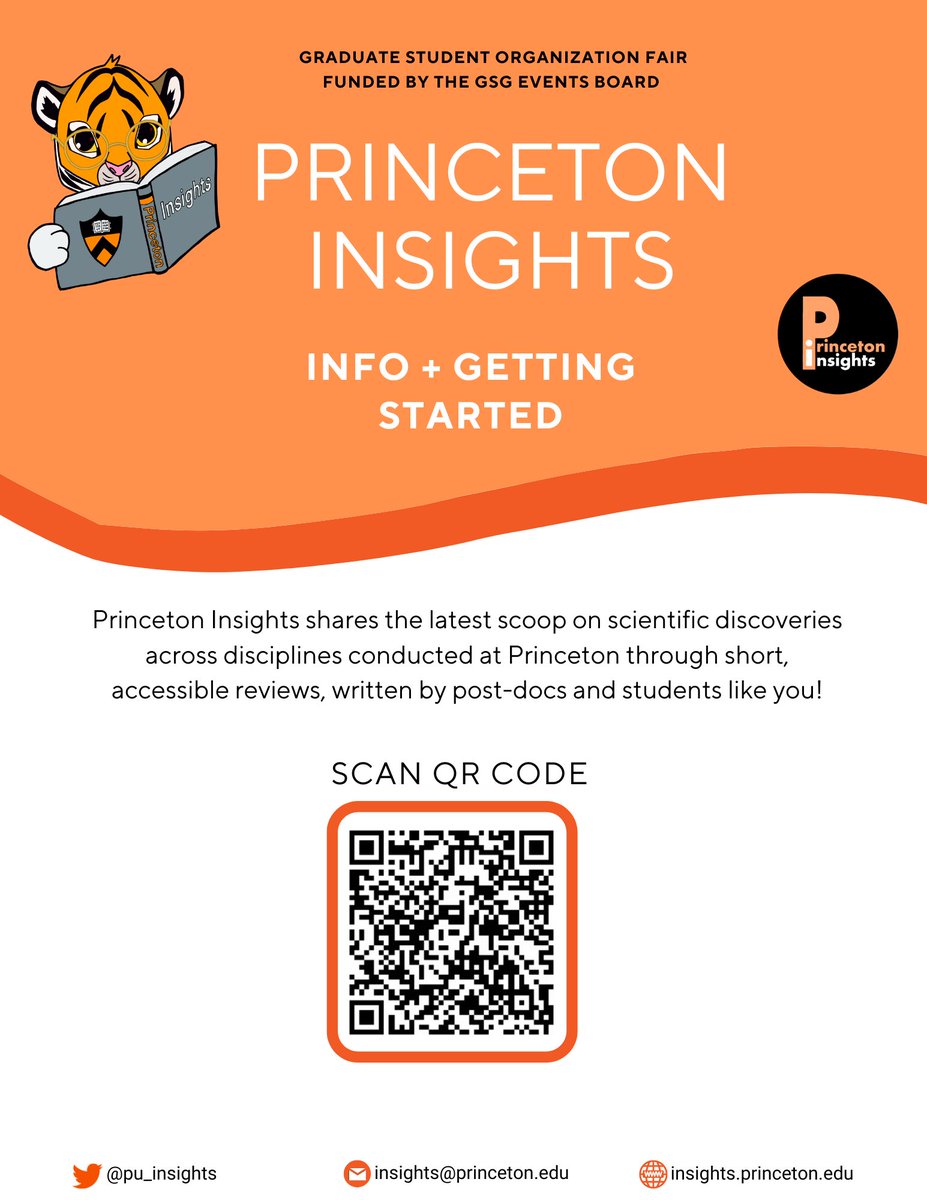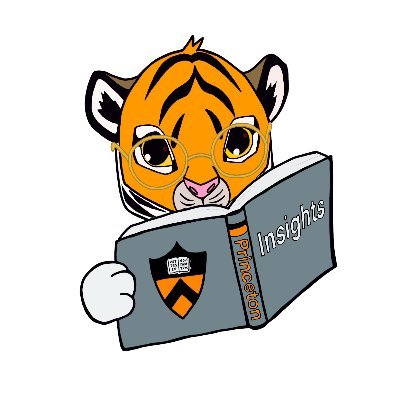
Princeton Insights
@pu_insights
Followers
695
Following
113
Media
33
Statuses
450
Sharing exciting scientific research from @Princeton through accessible reviews written by students & post docs 🐯 https://t.co/0kk0i10fCN…
Princeton, NJ
Joined March 2020
Have you ever wondered how planets are formed? 🪐.Check out @Vyshnavi_1812 's article featuring work done by a team of researchers at Princeton led by @gummiks to see how the discovery of a new planet challenges current theories of planet formation.
insights.princeton.edu
Have you ever wondered how planets are formed? Current theories of planet formation suggest that they likely form at the same time as their host stars from the same initial reservoir of gas and dust....
1
2
4
Have you ever wondered "How the Zebra Got Its Stripes"? 🦓 Check out this new article by @laurawhir highlighting research done by @kaiatombak and @andy_gersick in the Rubenstein lab.
insights.princeton.edu
Have you ever wondered "How the Zebra Got Its Stripes"? Check out this new article by UG '24 @laurawhir highlighting research done by @kaiatombak and @andy_gersick in the Rubenstein lab. They studied...
0
0
2
Check out Insights’ latest article by @neixlata examining new research by Drs. Yiwen Zeng, Christopher Crawford, & David Wilcove of @Princeton & Rebecca Senior of @durham_uni on the future of protections for threatened species in the world’s parks🏞️🌲:
insights.princeton.edu
Check out Insights’ latest article by @neixlata examining new research by Drs. Yiwen Zeng, Christopher Crawford, & David Wilcove of @Princeton & Rebecca Senior of @durham_uni on the future of...
1
0
2

